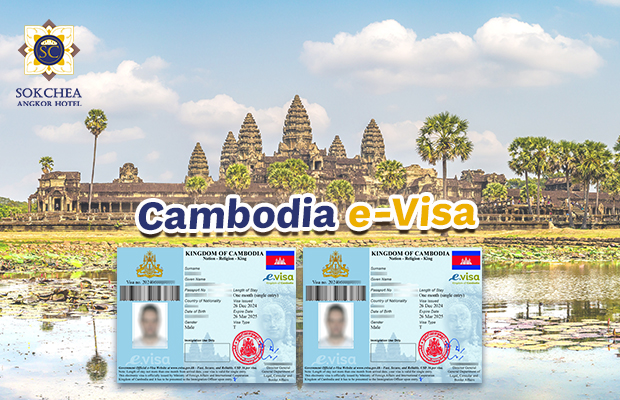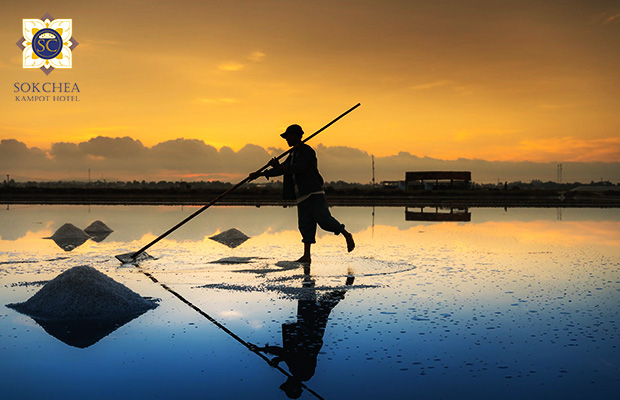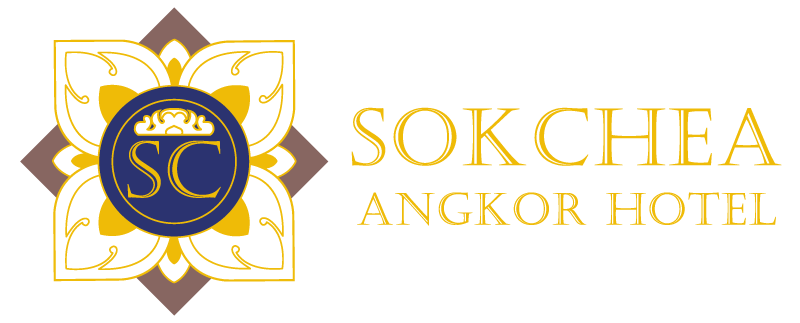Traveling from Kampot to Koh Rong in Cambodia offers a scenic mix of land and sea transport, and you have several good options to choose from. Here’s a breakdown of how to get there, how long it’ll take, and what it will cost.
Traveling from Kampot to Koh Rong is a memorable journey that connects Cambodia’s peaceful riverside town with one of its most beautiful islands. The trip usually involves two stages — traveling from Kampot to Sihanoukville by land, then continuing by ferry to Koh Rong. Travelers can choose from several options depending on their budget, time, and comfort preference.
The most common way is by bus or minivan. Shared transportation departs daily from Kampot to Sihanoukville, taking about 2.5 to 3 hours. The ticket price usually ranges from US $10 to $12 per person. Once in Sihanoukville, passengers can catch a ferry to Koh Rong at the main pier. Several ferry companies operate daily services to the island, with a travel time of around 45 minutes to 1 hour. Ferry tickets cost between US $15 to $20 each way, depending on the operator and boat type.
For more comfort and flexibility, travelers may hire a private taxi or car transfer from Kampot directly to Sihanoukville or even to the ferry pier. This convenient option takes about 2 hours and costs between US $45 and $80, ideal for families or groups who prefer privacy and a smoother ride. Some travel agencies in Kampot also offer combined packages (land + ferry) starting from US $35 to $40 per person, saving time and effort when planning connections.
During high season, a direct ferry from Kampot to Koh Rong is occasionally available, operated from Kampot International Tourism Port. The boat ride takes around 2 hours and costs approximately US $25 per person — the most scenic and relaxing route, as you’ll cruise directly to the island without needing a land transfer.
Whichever option you choose, the journey from Kampot to Koh Rong promises a mix of adventure, comfort, and breathtaking scenery — leading you from tranquil riverside charm to the tropical paradise of Cambodia’s coastline.
Please feel free to contact our Team for more information. E-mail: reservation.kampot@sokcheahotel.com, Tel: +85561763456, WhatApps: +85592801179











